Samsung considering LCD biz spin off
The South Korean firm is thinking about spinning off its LCD business.

In something of a surprise move, Samsung has admitted it is considering spinning off its loss-making LCD flat-screen business.
The LCD industry has been mired in a slump since the second half of 2010 and looks set to become a low-growth commodity type technology with greater competition from low-cost Chinese manufacturers, according to industry studies.
Many analysts had expected Samsung would take full direct control of its OLED flat-screen business and merge it with the LCD operation to utilise part of LCD production capacity in making the more profitable new displays.
The surprise move also underscores the severe market conditions that the LCD industry is facing.
Samsung's South Korean rival LG Display has been loss making for the fifth consecutive quarter, while Japan's Sharp forecast a record 290 billion yen ($3.70 billion) net loss for the year to March as a slump in TV sales forced it to halve output at a western Japan LCD plant.
Samsung ended its liquid crystal display (LCD) joint venture with Sony recently.
"A spin-off will allow Samsung to focus more on OLED and also broaden its LCD customer base to companies that have shunned Samsung due to the fact that they are in direct competition with it in finished products such as televisions and computers," said Seo Won-seok, an analyst at Korea Investment & Securities.
Get the ITPro daily newsletter
Sign up today and you will receive a free copy of our Future Focus 2025 report - the leading guidance on AI, cybersecurity and other IT challenges as per 700+ senior executives
Apple, for example, is in direct competition with the South Korean firm in smartphones and resorts to Samsung's key rival LG Display for supply of panels for its popular iPhone and iPad.
BNP Paribas expects a spin-off will also have negative impact on Taiwanese LCD makers as Samsung may also reduce panel purchases from them to help its own spun-off operation.
It estimates Samsung, the world's biggest TV maker, currently sources 40 per cent of its panel requirement internally and buys the rest from the likes of AU Optronics, Chimei Innolux and Sharp.
Non-cash deal?
Samsung and other companies such as LG Display are shifting to a newer type of flat-screen display called organic light-emitting diode (OLED), which is currently used mainly in high-end smartphones, as they believe the technology will replace LCD in larger-sized panels such as TV screens.
Samsung Electronics said earlier this month it was considering fully taking over Samsung Mobile Display (SMD), its OLED joint venture with its Samsung SDI subsidiary.
SMD is a near monopolistic supplier of OLED displays, which are thinner, more power-efficient and boast better clarity and color contrast than LCD screens, and BNP Paribas estimates Samsung's OLED revenues will jump nearly six fold to 26.3 trillion won by 2014 as it is set to be used in large-sized TVs.
But Wednesday's announcement raised speculation that Samsung Electronics may drop a full acquisition of SMD, which may cost 1.6-2 trillion Korean won ($1.4-1.8 billion) and instead transfer its LCD business to the OLED maker and receive a significant number of new SMD shares.
Prospects for a non-cash deal sent in Samsung SDI stock down as much as 6.5 per cent, but shares in Samsung Electronics, Asia's most valuable technology firm with around $160 billion market value, jumped more than five per cent to a record, buoyed by LCD restructuring plan and a broader rally in Asian chip makers on firmer chip prices and rival Elpida's financial trouble.
Samsung, which vies with local rival LG Display for the title of the world's top maker of LCD flat-screens, is estimated to have lost more than 1 trillion won ($890 million) from LCD last year on sales of 23 trillion won ($20.5 billion).
ITPro is a global business technology website providing the latest news, analysis, and business insight for IT decision-makers. Whether it's cyber security, cloud computing, IT infrastructure, or business strategy, we aim to equip leaders with the data they need to make informed IT investments.
For regular updates delivered to your inbox and social feeds, be sure to sign up to our daily newsletter and follow on us LinkedIn and Twitter.
-
 Should AI PCs be part of your next hardware refresh?
Should AI PCs be part of your next hardware refresh?AI PCs are fast becoming a business staple and a surefire way to future-proof your business
By Bobby Hellard Published
-
 Westcon-Comstor and Vectra AI launch brace of new channel initiatives
Westcon-Comstor and Vectra AI launch brace of new channel initiativesNews Westcon-Comstor and Vectra AI have announced the launch of two new channel growth initiatives focused on the managed security service provider (MSSP) space and AWS Marketplace.
By Daniel Todd Published
-
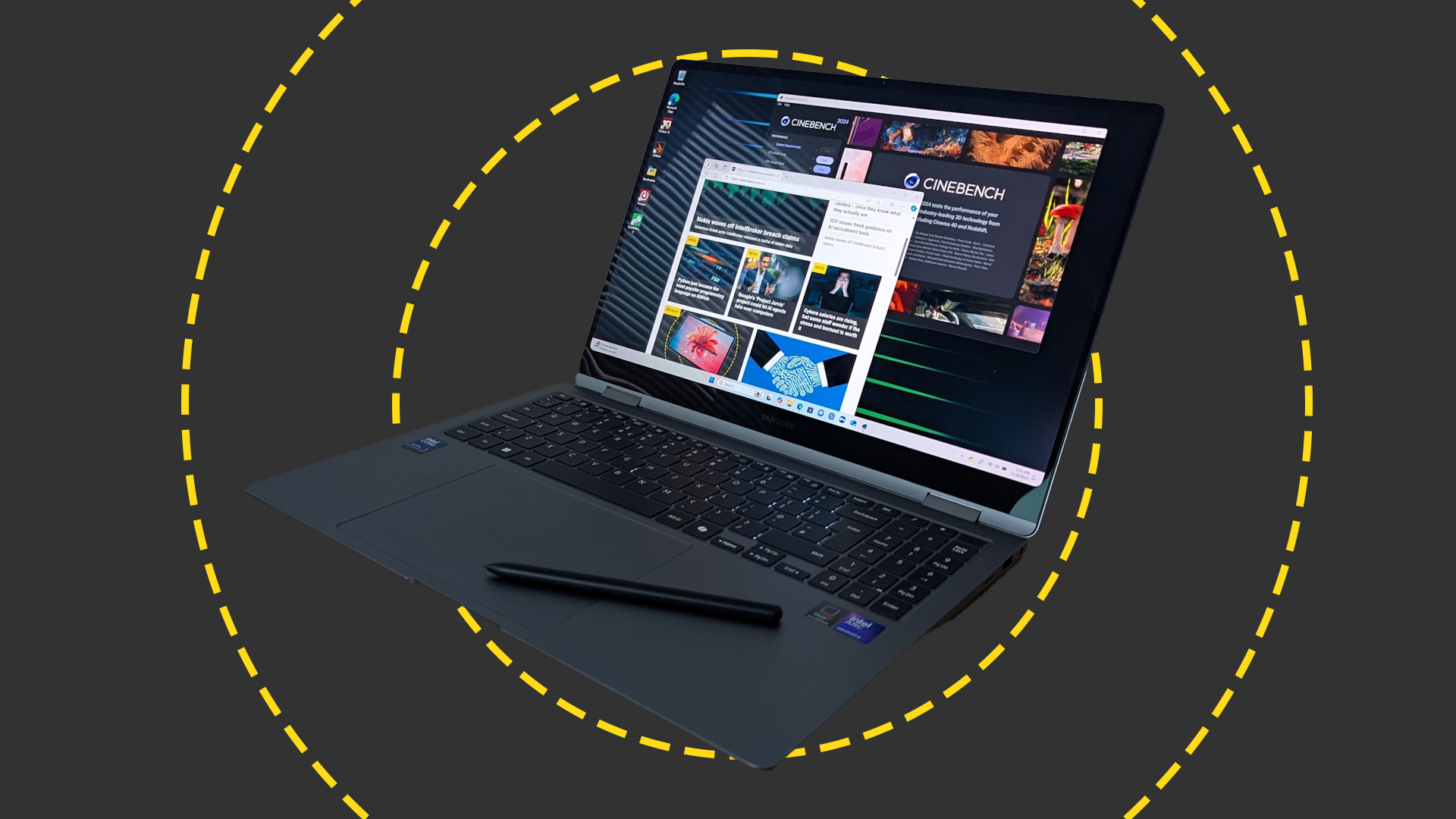 Samsung Galaxy Book 5 Pro 360 review: Almost the perfect big-screen laptop
Samsung Galaxy Book 5 Pro 360 review: Almost the perfect big-screen laptopReviews The Book 5 Pro 360 is a laptop you slowly get accustomed to, rather than one that feels right from the word go.
By Stuart Andrews Published
-
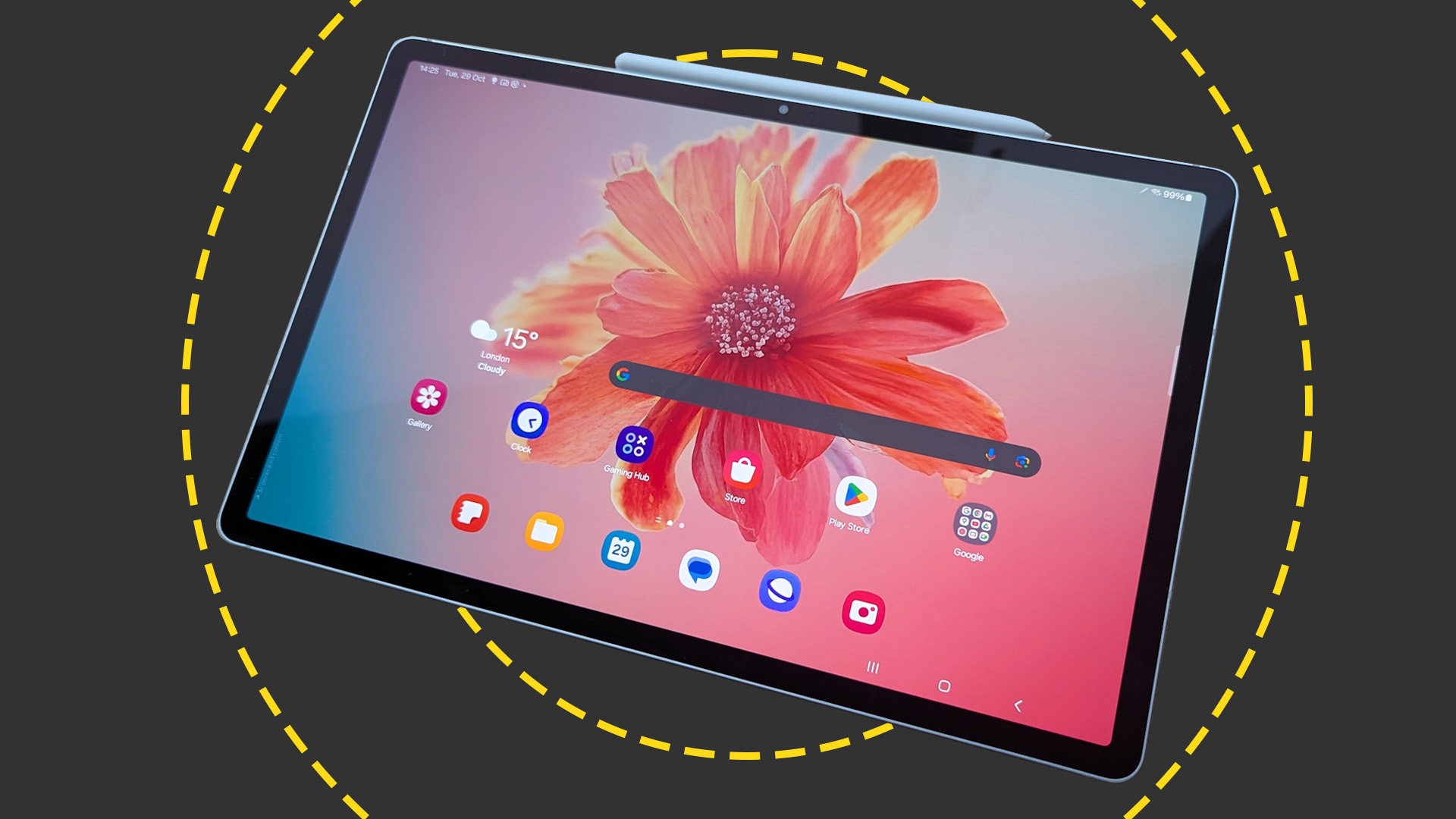 Samsung Galaxy Tab S10+ review: Possibly the best Android tablet for business
Samsung Galaxy Tab S10+ review: Possibly the best Android tablet for businessReviews With good performance, AI features and an exceptional screen, the Tab S10+ is the best Android tablet out there, if not quite the best tablet overall
By Stuart Andrews Published
-
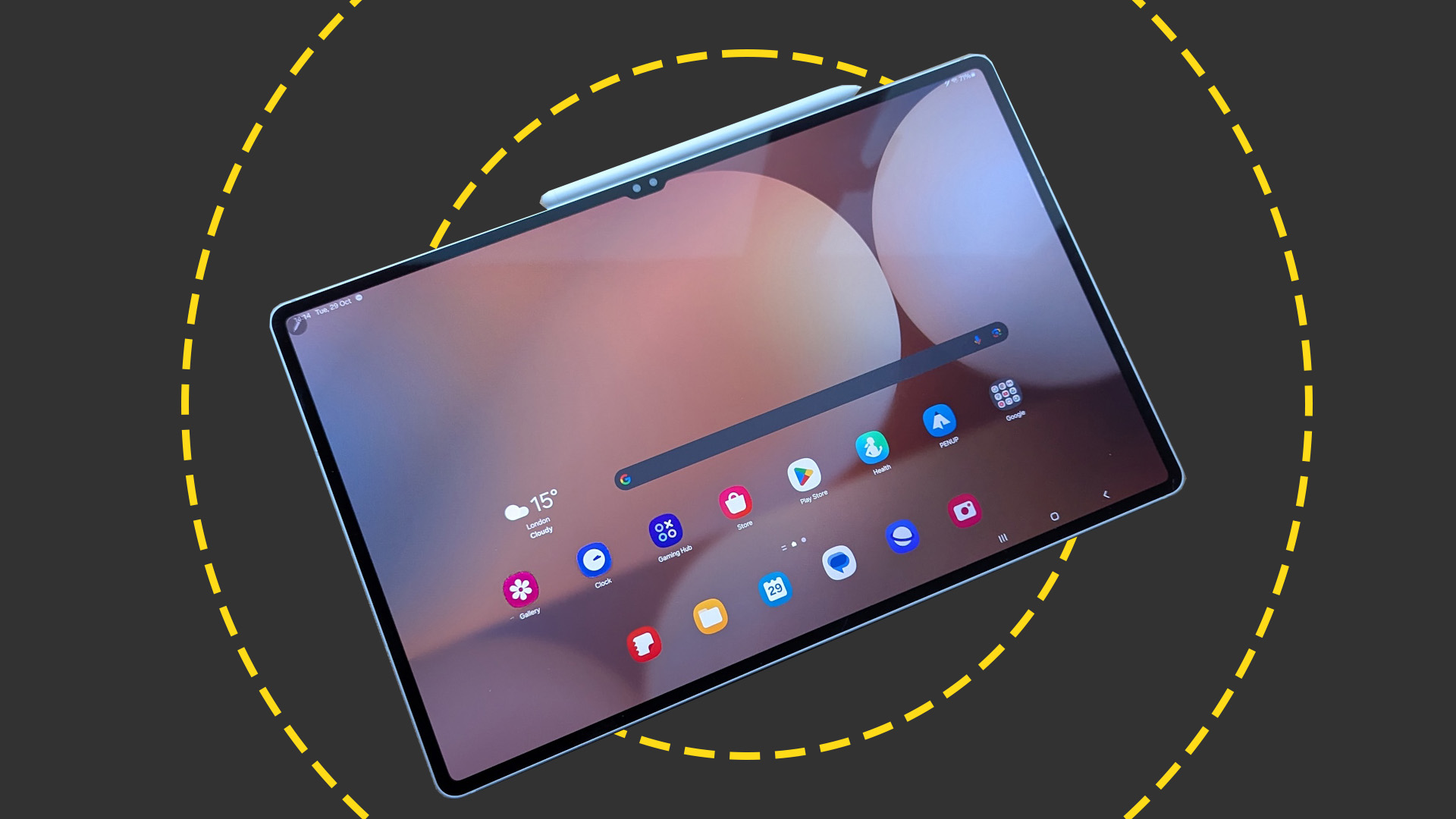 Samsung Galaxy Tab S10 Ultra review: Samsung's big-screen tablet is an AI-powered multitasking monster
Samsung Galaxy Tab S10 Ultra review: Samsung's big-screen tablet is an AI-powered multitasking monsterReviews The sheer size won't be for everyone, but the Tab S10 Ultra has the screen, performance, and multitasking prowess for serious work
By Stuart Andrews Published
-
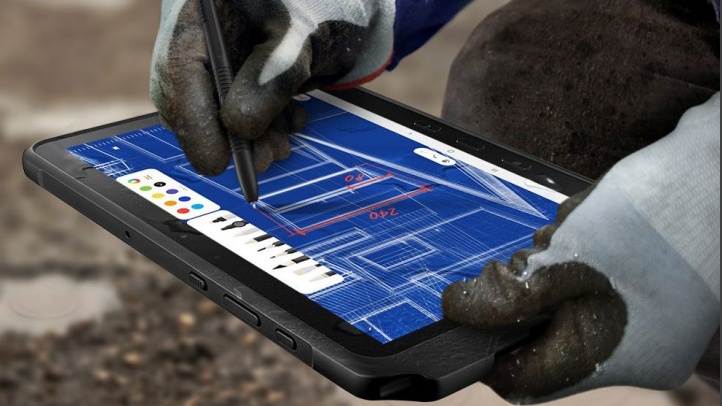 Rugged goes mainstream
Rugged goes mainstreamwhitepaper Why every business needs rugged devices to get the job done
By ITPro Published
-
 Why tougher doesn’t need to mean harder
Why tougher doesn’t need to mean harderwhitepaper Bridging the rugged and consumer device divide
By ITPro Last updated
-
 Samsung reveals plans for $15bn chip research center to break semiconductor scaling barriers
Samsung reveals plans for $15bn chip research center to break semiconductor scaling barriersNews The news follows the company's proposal in July to build 11 Texas semiconductor plants worth $191 billion
By Praharsha Anand Published
-
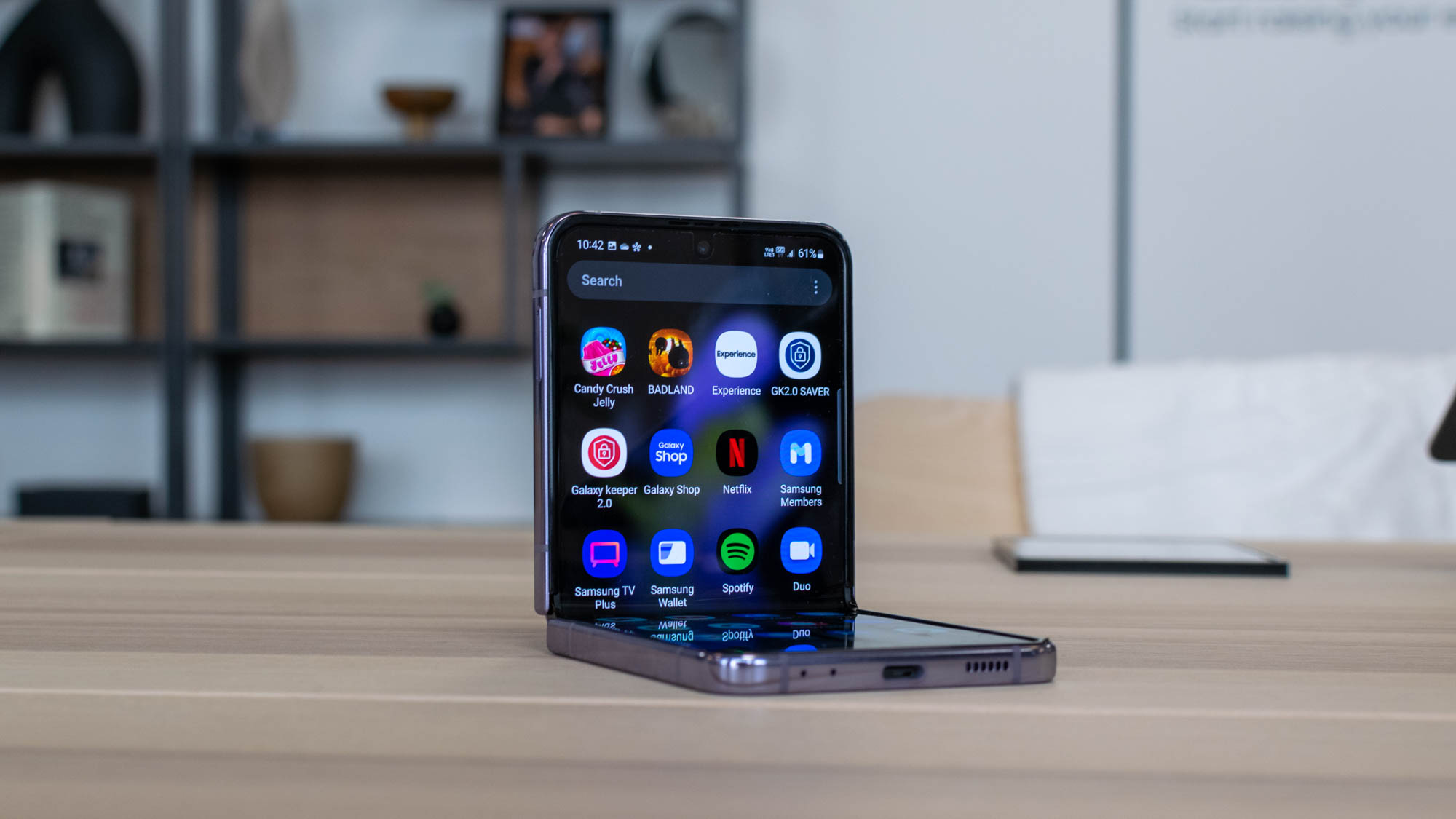 Samsung Galaxy Z Flip 4 hands-on review: A welcome (if minor) update
Samsung Galaxy Z Flip 4 hands-on review: A welcome (if minor) updateFirst look Samsung’s latest foldable is appealing, but does little to stand out from its predecessor
By Adam Shepherd Published
-
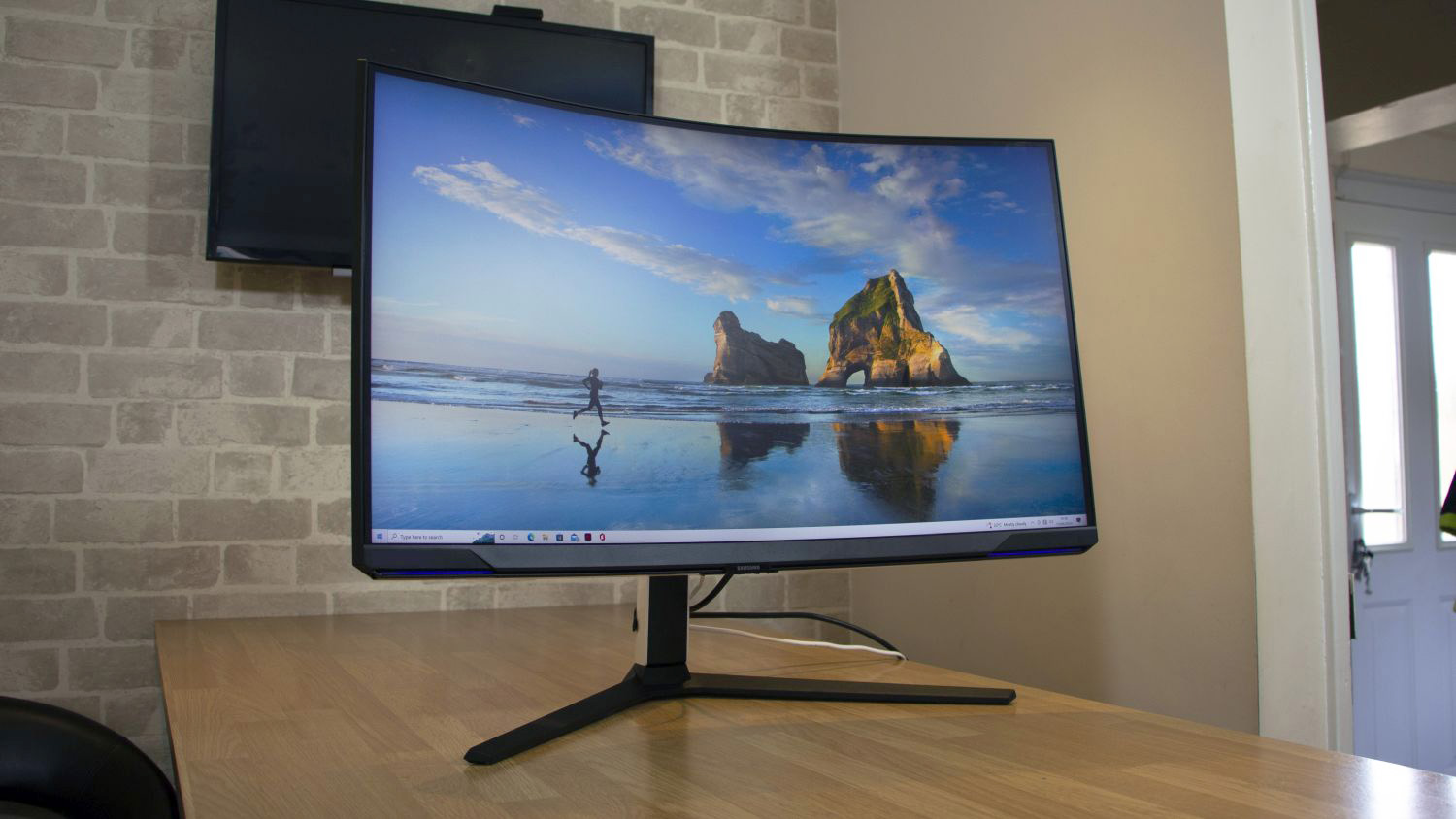
 Samsung Odyssey Neo G8 review: A groundbreaking display for work and play
Samsung Odyssey Neo G8 review: A groundbreaking display for work and playReviews The world’s first 4K/240Hz screen delivers sensational contrast and great colours, albeit for a high price
By Mike Jennings Published
